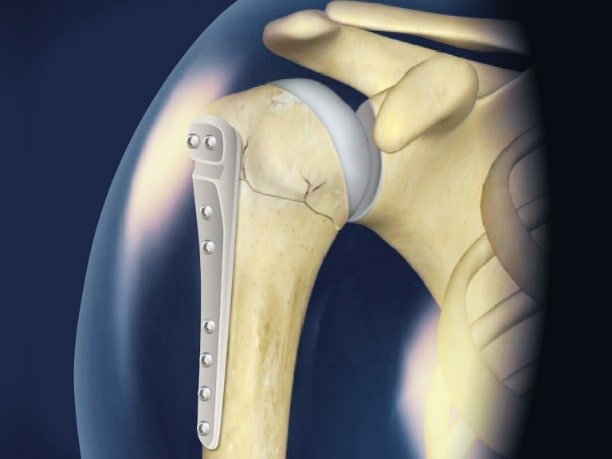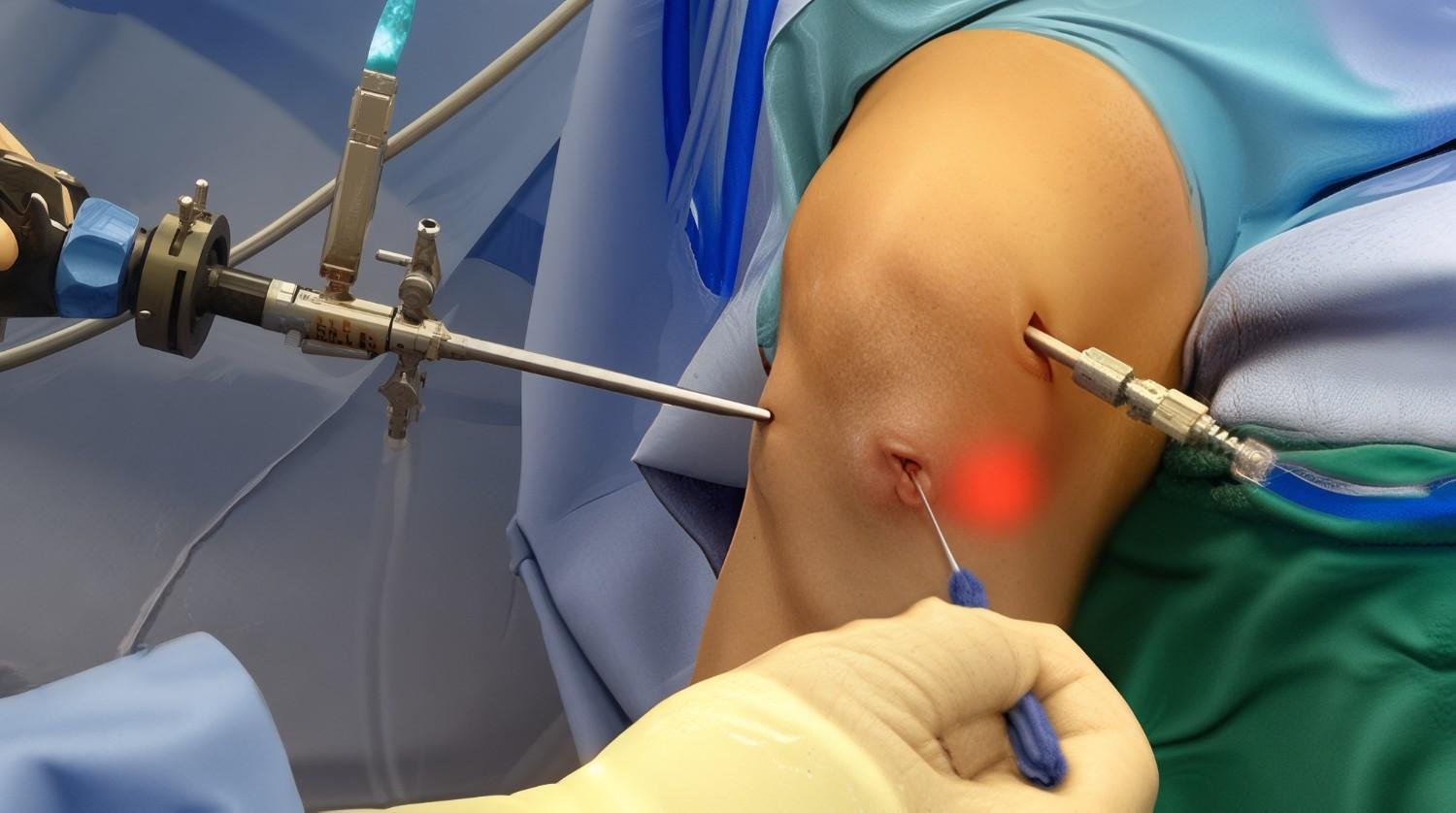Fracture Shoulder Recovery Time and Treatment Options

A fractured shoulder is a painful and limiting injury that affects mobility and daily activities. Recovery from a fractured shoulder depends on several factors, including the severity of the fracture, the treatment method, and the patient’s overall health. Understanding fracture shoulder treatment options and the expected recovery timeline can help individuals prepare for the healing process. Whether treated with non-surgical methods, arthroscopy, or joint replacement surgery, following medical advice is crucial for a smooth recovery.
Understanding Shoulder Fractures
The shoulder is a complex joint composed of three main bones:

Typically, a frozen shoulder develops in three stages:
1. Humerus (Upper Arm Bone) – The most commonly fractured bone in the shoulder.
2. Clavicle (Collarbone) – A common site of fractures due to direct impact or falls.
3. Scapula (Shoulder Blade) – Less commonly fractured due to its protected position.
Causes of a Fractured Shoulder:
A fractured shoulder can result from
- Falls – Landing on an outstretched arm or direct impact.
- Sports Injuries – Contact sports or accidents during physical activity.
- Car Accidents – High-impact trauma causing severe fractures.
- Osteoporosis – Weak bones prone to breaking even from minor falls.
- Repetitive Stress – Overuse injuries leading to stress fractures.
Symptoms of a Fractured Shoulder
- Severe shoulder pain that worsens with movement.
- Swelling and bruising around the shoulder.
- Limited range of motion or inability to lift the arm.
- Visible deformity in case of a displaced fracture.
- Clicking or grinding sensation when trying to move the arm.
- Numbness or tingling if nerves are affected.
Diagnosing a Shoulder Fracture
An arthroscopy specialist or joint replacement specialist will diagnose a fractured shoulder through:
1. Physical Examination – Checking for swelling, deformity, and pain response.
2. X-rays – The primary imaging test to identify fractures.
3. CT Scan or MRI – Used to assess the extent of bone and soft tissue damage.
4. Bone Density Test – Recommended for elderly patients with osteoporosis.

Fracture Shoulder Treatment Options
1. Non-Surgical Treatment for Shoulder Fractures: Mild to moderate fractured shoulder cases can be treated without surgery:

a) Immobilization

- A sling or brace is used to stabilize the shoulder for 4 to 6 weeks.
- Prevents movement to allow proper bone healing.
- Patients must follow restrictions to avoid complications.
b) Pain Management

- Over-the-counter pain relievers to reduce pain and inflammation.
- Ice packs to minimize swelling and discomfort.
- Physician-prescribed medications for severe pain.


c) Physical Therapy

- Begins after initial healing (4-6 weeks post-injury).
- Range of motion exercises prevent stiffness.
- Strength-building exercises help restore function.
d) Lifestyle Modifications

- Avoiding heavy lifting or overhead movements.
- Proper posture and ergonomic support for daily activities.
- Nutrient-rich diet for faster bone healing (calcium, vitamin D, and protein).

Surgical Treatment for Shoulder Fractures
Severe fracture shoulder cases may require surgery for proper healing:

a) Open Reduction and Internal Fixation (ORIF)

- Used for displaced or comminuted fractures.
- Metal plates, screws, or rods are used to realign and secure broken bones.
- Healing time: 8-12 weeks, followed by rehabilitation.
b) Shoulder Arthroscopy

- Minimally invasive procedure performed by an arthroscopy specialist.
- Used to remove bone fragments or repair soft tissues.
- Shorter recovery time compared to open surgery.


c) Joint Replacement Surgery

- Recommended for severely damaged shoulder joints.
- A joint replacement specialist replaces the damaged bone with an artificial implant.
- Common in elderly patients or severe fractures affecting mobility.
Fracture Shoulder Recovery Time
Recovery time varies based on the severity of the fractured shoulder and the chosen treatment. Here’s a general timeline:
1. Non-Surgical Recovery Timeline
- Week 1-4: Sling immobilization, pain management, and limited movement.
- Week 5-8: Gradual increase in mobility and mild physical therapy.
- Week 9-12: Strength training, full movement restored.
- 3-6 months: Full recovery for mild fractures.
2. Surgical Recovery Timeline
- Week 1-6: Post-surgical care, sling immobilization, and pain control.
- Week 7-12: Physical therapy to regain movement.
- 3-6 months: Return to daily activities with caution.
- 6-12 months: Full recovery, depending on the severity.
Preventing Shoulder Fractures
- Exercise regularly to strengthen bones and muscles.
- Use protective gear during sports and high-risk activities.
- Maintain bone health with a calcium-rich diet and vitamin D.
- Avoid falls by using assistive devices or improving home safety.
Consult with an Arthroscopy and Joint Replacement Specialist to ensure the best possible recovery from a fractured shoulder. With the right treatment approach, including non-surgical methods, or joint replacement surgery, full recovery is achievable. The healing time varies based on the severity of the injury, but following a proper rehabilitation plan and medical advice can help restore mobility and prevent complications.